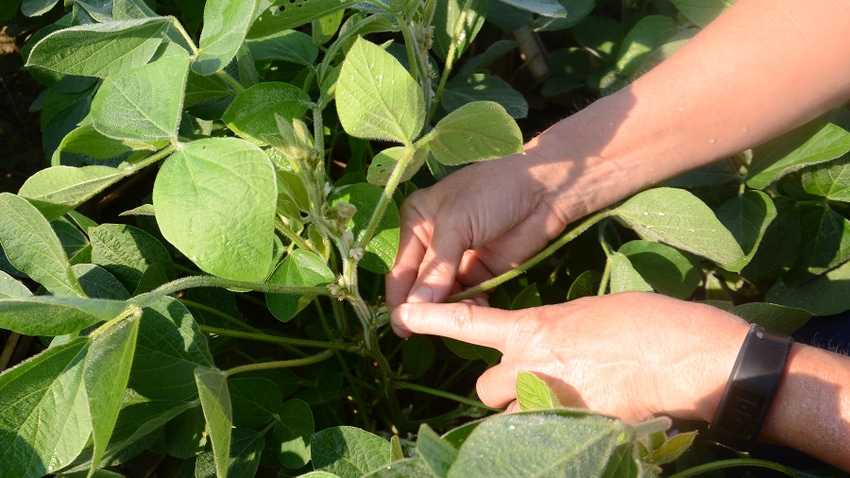
What does it take to grow 100-bushel-per-acre soybeans? One way to find out is to study multiple fields that produced at that yield level. Do they share characteristics that set them up for higher-than-average yields?
Recently, Matt Clover, Pioneer agronomy manager, Johnston, Iowa, and two Pioneer field agronomists, Matt Vandehaar, based in central Iowa, and Kyle Holmberg, who works with farmers across much of Kentucky and Tennessee, compared notes about what it takes to grow super-high soybean yields.
“Several growers have reported these types of yields for well over a decade,” Clover says. “Weather plays a large role, and we still have a lot to learn. But there are pieces we can identify which seem to be important for higher yields.”
Common threads to high yields
Indeed, Vandehaar accumulated data on more than 300 Pioneer check plots that each produced 100 or more bushels of soybeans per acre. These check plots were located across the Midwest, and data was collected from 2020 through 2022. He examined things like planting date and seeding rate. Here are some clues extracted from this and other studies of high-yield soybeans:
Planting date. “When we plotted planting dates, a good chunk of them fell from April 20 to May 1,” he says. “There were several scattered over a lot of dates, but the trend definitely was toward an earlier planting date.”
That makes sense, Holmberg adds, because earlier-planted soybeans tend to make more efficient use of sunlight during reproduction. That’s because they are typically in a reproductive stage, often R1 to R3, by the longest day of the year. Maturity rating of varieties also factors in to flowering and podding dates, but earlier-planted soybeans appear to have the edge on flowering when days are longest.
Seeding rate. Despite all the talk about lower seeding rates in soybeans, 58% of the 300-plus check plots examined that yielded 100 bushels per acre or more were planted at 150,000 to 180,000 seeds per acre. Only 1% of the high-yielding checks were planted at 90,000 to 120,000 seeds per acre. Just under a third, 29%, were planted in the popular range of 120,000 to 150,000. About 9% were seeded at 180,000 to 210,000, and only 3% were planted at 210,000 to 240,000 seeds per acre.
Tillage system. The message based on the 300-plus checks is that you can achieve high yields in any tillage system, Vandehaar says. “About half were planted with conventional-tillage systems. But the other half included a variety of systems, including no-till and strip till.”
Soil fertility. Vandehaar follows a model set of parameters for soil test results in central Iowa, which he believes a grower committed to high yields should consider. They’re based on many observations, not just what he’s observed in the more than 300 high-yield checks.
“I like to see pH above 6.3, and certainly not less than 6.0,” he says. “We want to see phosphorus at 45 parts per million on the Mehlich-3 ICP [inductively coupled plasma] test scale, or higher. That’s higher than many other people recommend.
“I like to see at least 200 ppm of potassium, preferably 200 to 215 ppm. You also want to make sure sulfur is adequate. Once these goals are met, you can look at zinc next, and then other micronutrients.”
About the Author(s)
You May Also Like




